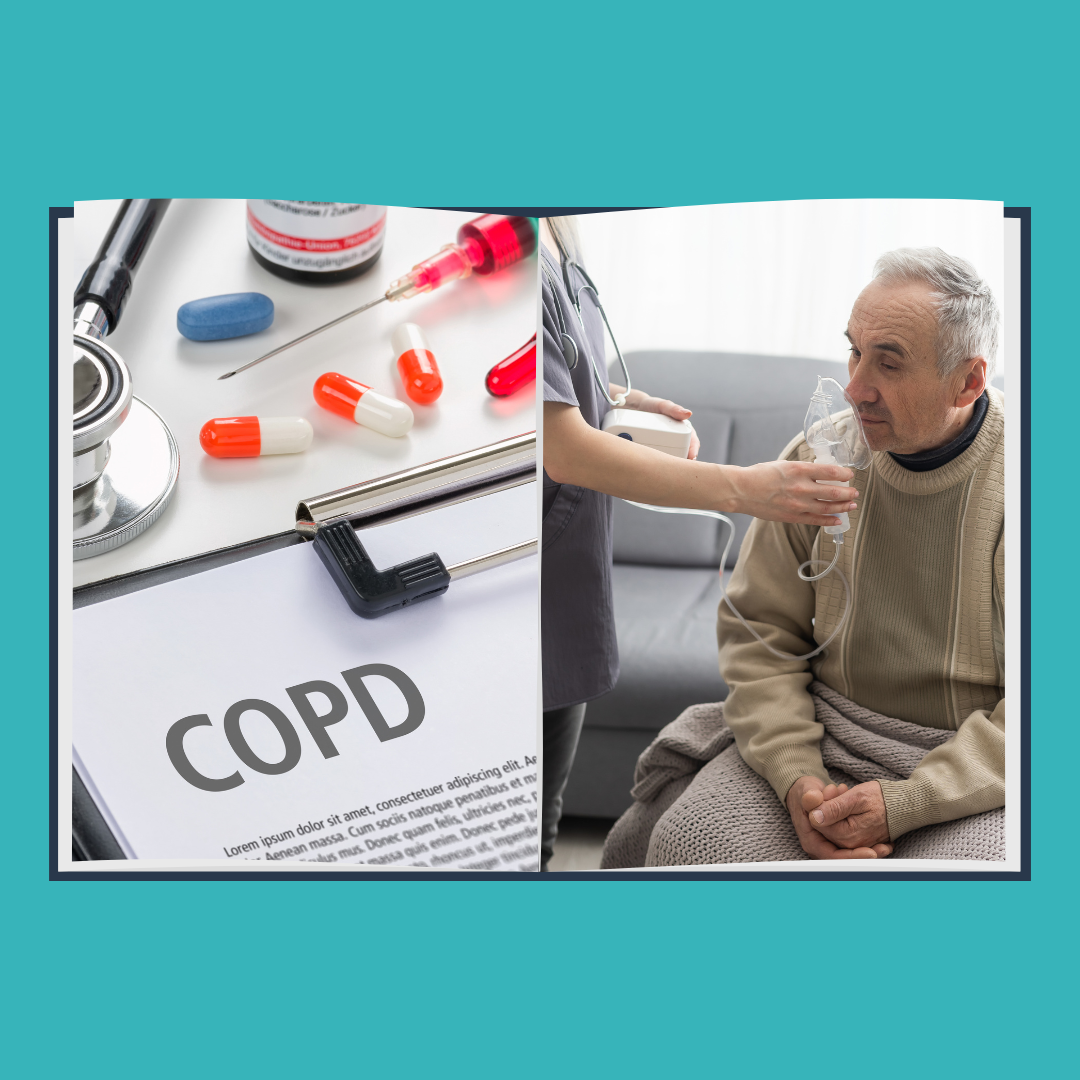New Paragraph
Creating a Safe Haven: A Comprehensive Guide to Dementia Care at Home
Caring for a loved one with dementia at home can be both rewarding and challenging. Providing a safe and nurturing environment is essential for their well-being and quality of life. In this comprehensive guide, we will explore practical strategies and tips for creating a safe space for dementia patients at home, along with the crucial role of caregivers in ensuring their comfort and security.
Understanding Dementia:
Dementia is a progressive neurological condition characterized by a decline in cognitive abilities, memory loss, and changes in behavior. Common types of dementia include Alzheimer's disease, vascular dementia, Lewy body dementia, and frontotemporal dementia. As dementia progresses, individuals may experience difficulties with communication, mobility, and daily activities, making it essential to create an environment that promotes safety and comfort.
Creating a Safe Home Environment:
1. Remove hazards: Conduct a thorough safety assessment of the home and remove potential hazard such as loose rugs, electrical cords, and clutter that could cause trips or falls.
2. Ensure adequate lighting: Proper lighting can help prevent confusion and disorientation, especially during the evening or nighttime. Install nightlights in hallways, bedrooms, and bathrooms to guide the individual safely around the house.
3. Install safety devices: Consider installing grab bars in bathrooms, handrails on staircases, and safety gates to prevent falls and accidents.
4. Secure dangerous items: Lock away hazardous substances such as cleaning supplies, medications, and sharp objects to prevent accidental ingestion or injury.
5. Simplify the environment: Minimize distractions and sensory overload by decluttering living spaces and keeping decorations and furnishings simple and familiar.
6. Use visual cues: Label drawers and cabinets with pictures or words to help individuals locate items independently. Color-code rooms or use contrasting colors to differentiate between different areas of the home.
7. Maintain a familiar routine: Establish a predictable daily routine for meals, activities, and rest to provide structure and reduce anxiety for individuals with dementia.
Enhancing Caregiver Support:
1. Seek education and training: Educate yourself about dementia and caregiving techniques through workshops, support groups, or online resources. Learning effective communication strategies and behavioral management techniques can help reduce caregiver stress and enhance the quality of care.
2. Practice patience and empathy: Be patient and empathetic when interacting with individuals with dementia, as they may experience frustration, confusion, or agitation. Use gentle reassurance and validation to alleviate distress and build trust.
3. Prioritize self-care: Take breaks when needed and prioritize your physical and emotional well-being. Engage in activities that bring you joy and relaxation, and don't hesitate to seek support from family members, friends, or professional caregivers when necessary.
4. Foster meaningful connections: Encourage social engagement and meaningful activities that stimulate cognitive function and promote emotional well-being. Engage in reminiscence therapy, music therapy, or art therapy to evoke positive memories and foster connections with your loved one.
5. Stay flexible and adaptable: Dementia is a progressive condition, and caregiving needs may evolve over time. Stay flexible and adaptable in your approach, adjusting routines and strategies as needed to meet the changing needs of your loved one.
Creating a safe and supportive environment for dementia patients at home requires dedication, compassion, and ongoing education. By implementing practical strategies for home safety and providing compassionate care, caregivers can enhance the quality of life for individuals with dementia and promote their dignity, independence, and well-being. Together, we can create a safe haven where individuals with dementia feel valued, respected, and loved.









